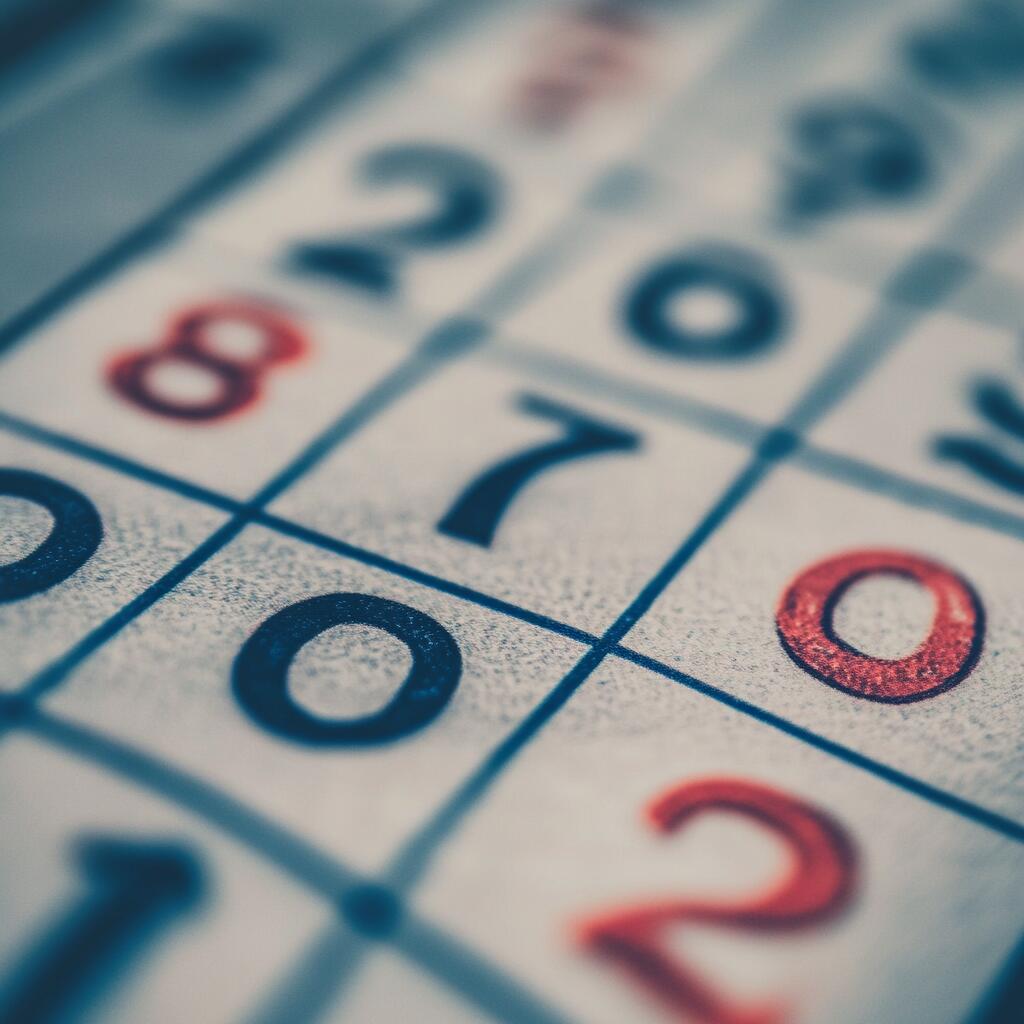Table of Contents

Image Source: AI
In game design, randomness isn’t just an accident — it’s a mechanic. When used well, it creates tension, excitement, and long-term engagement. But when it’s mishandled, it leads to player frustration and mistrust. Number-based games, whether digital or physical, rely heavily on this fine balance. So, how do designers make randomness feel satisfying without making it feel unfair?
To answer that, we need to look at the core mechanics — the invisible systems that shape how players experience wins, losses, and everything in between.
Why Randomness Works (When It’s Controlled)
Randomness triggers a part of the brain that thrives on unpredictability. When players know something is out of their control but they still feel close to achieving it, they stay engaged. This is the heart of variable reinforcement — one of the most powerful tools in game psychology.
But if the randomness feels completely arbitrary, interest fades. The sweet spot lies in perceived control. Players want to feel like their decisions influence outcomes, even slightly. This is why many games introduce small decision-making layers like choosing when to play or which pattern to focus on. These give players a sense of agency while the core randomness remains untouched.
Designing Feedback Loops in Number-Based Mechanics
For number-driven games to succeed, the feedback loop needs to be immediate and emotionally resonant. Players need to know not just if they won, but how close they were to winning. Well-designed games use visual cues, sound design, or even pacing to highlight near-misses and wins, giving each moment meaning.
In digital formats, this becomes even more important. Take online bingo, for instance. The core mechanic is completely random, but a well-designed interface transforms that randomness into an emotionally satisfying experience. Slower number reveals, animated daub effects, and highlighting winning patterns all add dramatic tension. These design decisions don’t change the math — they reshape the feeling of the game. That’s the difference between disengagement and retention.
A well-structured game like online bingo becomes more than a number draw — it becomes a feedback-rich, emotionally paced experience.
Get Players Involved — And Keep Them There
A key part of balancing randomness is pacing. Too fast and randomness becomes noise; too slow and it drags. That’s where social mechanics come in. Inviting friends into number‑based games reduces isolation, spreads excitement, and creates emotional payoff.
You can see this approach in action in this Instagram promo, which encourages users to get their friends involved and score bonuses.
https://www.instagram.com/p/DLTWhArtjho
Smart designers know players aren’t simply chasing numbers — they’re seeking meaning. Social structures and referrals give those numbers context, allowing games to build momentum through connection, not just mechanics.
Making Randomness Feel Fair Without Breaking the Game
Random mechanics must be transparent, predictable in structure, and emotionally fair. A player might not win — but if they feel respected, they’ll keep playing. That means no sudden spikes in difficulty, no inconsistent odds, and no ambiguity about what just happened.
This is where thoughtful game pacing comes in. Are the sessions too quick, creating noise and burnout? Or too slow, leading to boredom? Good number-based design uses steady pacing, well-timed tension, and clear milestones to keep things moving.
For digital formats, it helps to structure UI and sound design in a way that gives players constant, low-stakes feedback. Even a losing round can feel “productive” if it taught the player something or offered a satisfying interaction.
Reference Table: Making Number-Based Games More Satisfying
Designing for emotional response isn’t just about what happens on-screen — it’s about how each element plays a part in shaping a session. Even the smallest design choice can affect whether players return tomorrow or drop off after one round. Below are some subtle yet effective game design strategies used to balance randomness and satisfaction in number-based games.
| Design Element | Why It Matters |
| Slower number reveals | Builds suspense and anticipation |
| Highlighting near-misses | Keeps players emotionally invested |
| Celebratory animations | Reinforces perceived value of a win |
| Invite-based bonuses | Adds social meaning to participation |
| Clean, intuitive UI | Reduces friction, supports focus |
These elements don’t necessarily change the game’s outcomes — but they reshape how players experience those outcomes. The right pacing, feedback, and presentation give meaning to random results, turning short sessions into memorable ones. Ultimately, it’s the layering of these subtle cues that transforms a basic number game into a well-rounded, emotionally satisfying product.
What Makes a Good Game Design?
Randomness is at the heart of every number-based game, but good design is what makes it feel fair, fun, and engaging in the best way. It’s not just about hitting the right numbers — it’s about how those numbers are delivered, framed, and reinforced.
Designers who treat randomness like a raw ingredient — not the full recipe — are the ones who create games that stick. Whether it’s a single-player puzzle, a multiplayer number draw, or an online experience with social features and referrals, the principle is the same: balance the unpredictability with satisfaction. Make each playthrough feel worth it, even when the result isn’t a win.
In the end, it’s not the numbers that players remember — it’s how those numbers made them feel.